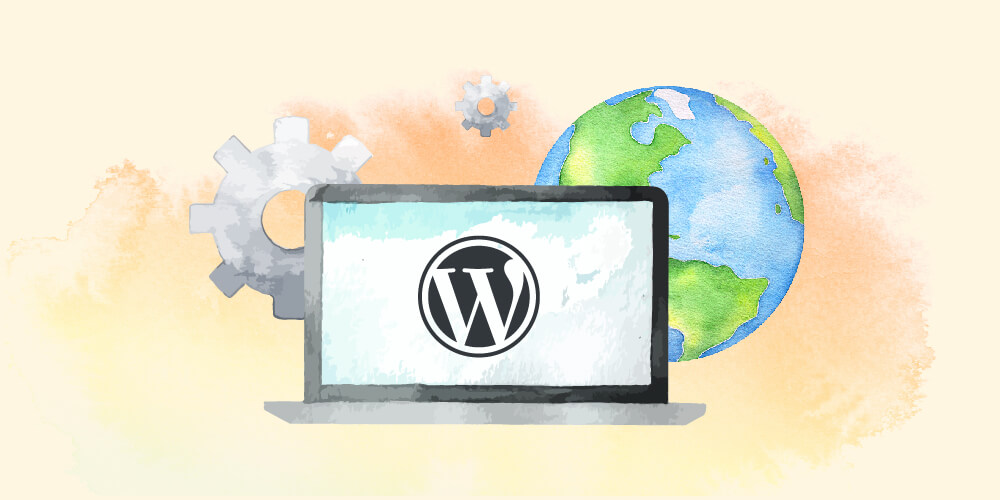When Gutenberg was first released with WordPress 5.0, much digital ink was spilled over the idea that Gutenberg was rushed out to match the fancy, point zero release number. Looking back, it’s clear that Gutenberg was released before it was ready, but also that Gutenberg needed be shipped because it’s never really going to be “ready”. It’s constantly growing and evolving, for better or worse.
After WordPress 5.9 was delayed last year, I was almost expecting them to just release everything outside of full site editing, and wait until 6.0 for another big, life-changing point zero release. That didn’t happen, but in a sense, 6.0 will be the release that really completes the Site Editor and potentially removes the “beta” badge that still shows up on the Site Editor itself.
From the 6.0 preliminary roadmap post on WordPress.org:
The overall aim is to consolidate and expand the set of customization tools introduced in 5.9 for creating themes with blocks, with a special focus towards usability and refinement. This new release could be considered a conceptual wrap for Gutenberg: Phase 2.
We’ve seen this pattern more recently with Apple’s annual operating system releases: after a release with major flagship features, they focus the next release on things like performance enhancements, clean-up, fine-tuning, and resolving bugs. I think we’re going to see a similar release here, and that’s probably a good thing.
The roadmap post, along with the Gutenberg GitHub repository and Trac, offers a huge list of potential priorities. Here’s a very tiny sampling of the type of tasks that stuck out to me:
• Improve post settings design and organization. The sidebar has gone without many updates for a while and could use improvements in clarity and design.
• Explore more advanced drafting and scheduling for the site editor. Some of this work is meant to happen more in depth during Phase 3, which will include more focus on editorial flows, but there’s still some paving steps to implement.
• Simplify registration of [block] patterns for themes. This might take the shape of a patterns folder with file headers that are automatically registered. All in all, it should be super easy for themes to provide a collection of patterns or to specify starter content as patterns.
• Introduce page patterns for page creation. This has been on the horizon for a while and we should have enough building blocks to tackle it properly. It’s also an occasion to improve upon and align with the new “explore” modal that connects with the patterns directory.
• Utilize what we have implemented for the navigation block and site structure as the interface to eventually replace the navigation screen [for classic themes].
The list was much bigger, but I think you get the idea. There’s plenty of rough edges and a pretty decent backlog in full site editing. If the next release delivers on a lot of these features, then I think we could say that 6.0 was when full site editing really arrived.
If you’re wondering about the reference to “Gutenberg Phase 2”, the new block editor is being developed in four phases. The first was the block editor itself, the second is full site editing. The two that I’m most excited for, however, are phases three (Google Docs-style collaboration) and four (multilingual support).
Finally, be sure to check out the three big picture goals they just posted as well. They mainly have to do with broader trends in the community, like increasing adoption of the new site editor by performing more user testing and generating more content for Learn WordPress.


